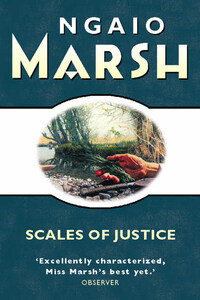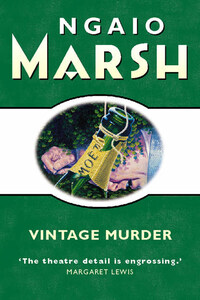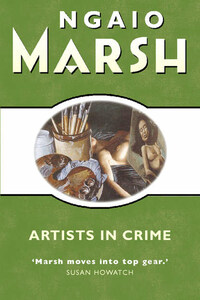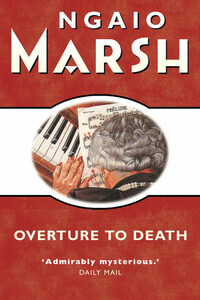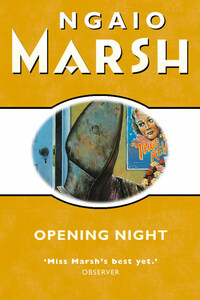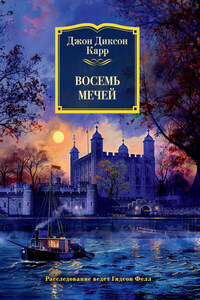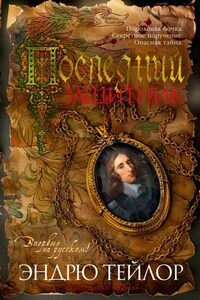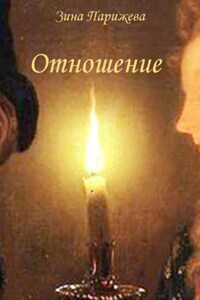CHAPTER 1
Swevenings
Nurse Kettle pushed her bicycle to the top of Wattâs Hill and there paused. Sweating lightly, she looked down on the village of Swevenings. Smoke rose in cosy plumes from one or two chimneys; roofs cuddled into surrounding greenery. The Chyne, a trout stream, meandered through meadow and coppice and slid blamelessly under two bridges. It was a circumspect landscape. Not a faux-pas, architectural or horticultural, marred the seemliness of the prospect.
âReally,â Nurse Kettle thought with satisfaction, âit is as pretty as a picture.â And she remembered all the pretty pictures Lady Lacklander had made in irresolute watercolour, some from this very spot. She was reminded, too, of those illustrated maps that one finds in the Underground, with houses, trees and occupational figures amusingly dotted about them. Seen from above, like this, Swevenings resembled such a map. Nurse Kettle looked down at the orderly pattern of field, hedge, stream, and land, and fancifully imposed upon it the curling labels and carefully naïve figures that are proper to picture-maps.
From Wattâs Hill, Wattâs Lane ran steeply and obliquely into the valley. Between the lane and the Chyne was contained a hillside divided into three strips, each garnished with trees, gardens and a house of considerable age. These properties belonged to three of the principal householders of Swevenings: Mr Danberry-Phinn, Commander Syce and Colonel Cartarette.
Nurse Kettleâs map, she reflected, would have a little picture of Mr Danberry-Phinn at Jacobâs Cottage surrounded by his cats, and one of Commander Syce at Uplands, shooting off his bow-and-arrow. Next door at Hammer Farm (only it wasnât a farm now but had been much converted) it would show Mrs Cartarette in a garden chair with a cocktail shaker, and Rose Cartarette, her stepdaughter, gracefully weeding. Her attention sharpened. There, in point of fact, deep down in the actual landscape, was Colonel Cartarette himself, a lilliputian figure, moving along his rented stretch of the Chyne, east of Bottom Bridge, and followed at a respectful distance by his spaniel Skip. His creel was slung over his shoulder and his rod was in his hand.
âThe evening rise,â Nurse Kettle reflected, âheâs after the Old âUn.â And she added to her imaginary map the picture of an enormous trout lurking near Bottom Bridge with a curly label above it bearing a legend: âThe Old âUn.â
On the far side of the valley on the private golf course at Nunspardon Manor there would be Mr George Lacklander, doing a solitary round with a glance (thought the gossip-loving Nurse Kettle) across the valley at Mrs Cartarette. Lacklanderâs son, Dr Mark, would be shown with his black bag in his hand and a stork, perhaps, quaintly flying overhead. And to complete, as it were, the gentry, there would be old Lady Lacklander big-bottomed on a sketching stool and her husband, Sir Harold, on a bed of sickness, alas, in his great room, the roof of which, after the manner of pictorial maps, had been removed to display him.
In the map it would be demonstrated how Wattâs Lane, wandering to the right and bending back again, neatly divided the gentry from what Nurse Kettle called the âordinary folk.â To the west lay the Danberry-Phinn, the Syce, the Cartarette and above all the Lacklander demesnes. Neatly disposed along the east margin of Wattâs Lane were five conscientiously preserved thatched cottages, the village shop and, across Monkâs Bridge, the church and rectory and the Boy and Donkey.
And that was all. No Pulls-In for Carmen, no Olde Bunne Shoppes (which Nurse Kettle had learned to despise), no spurious half-timbering, marred the perfection of Swevenings. Nurse Kettle, bringing her panting friends up to the top of Wattâs Hill, would point with her little finger at the valley and observe triumphantly: âWhere every prospect pleases,â without completing the quotation, because in Swevenings not even Man was Vile.
